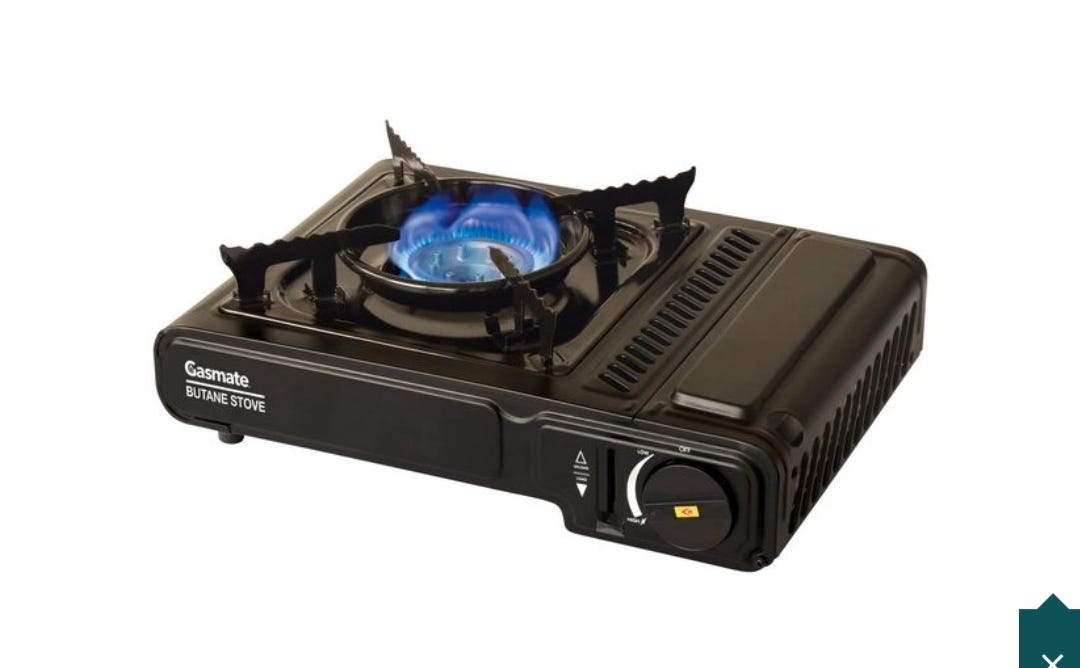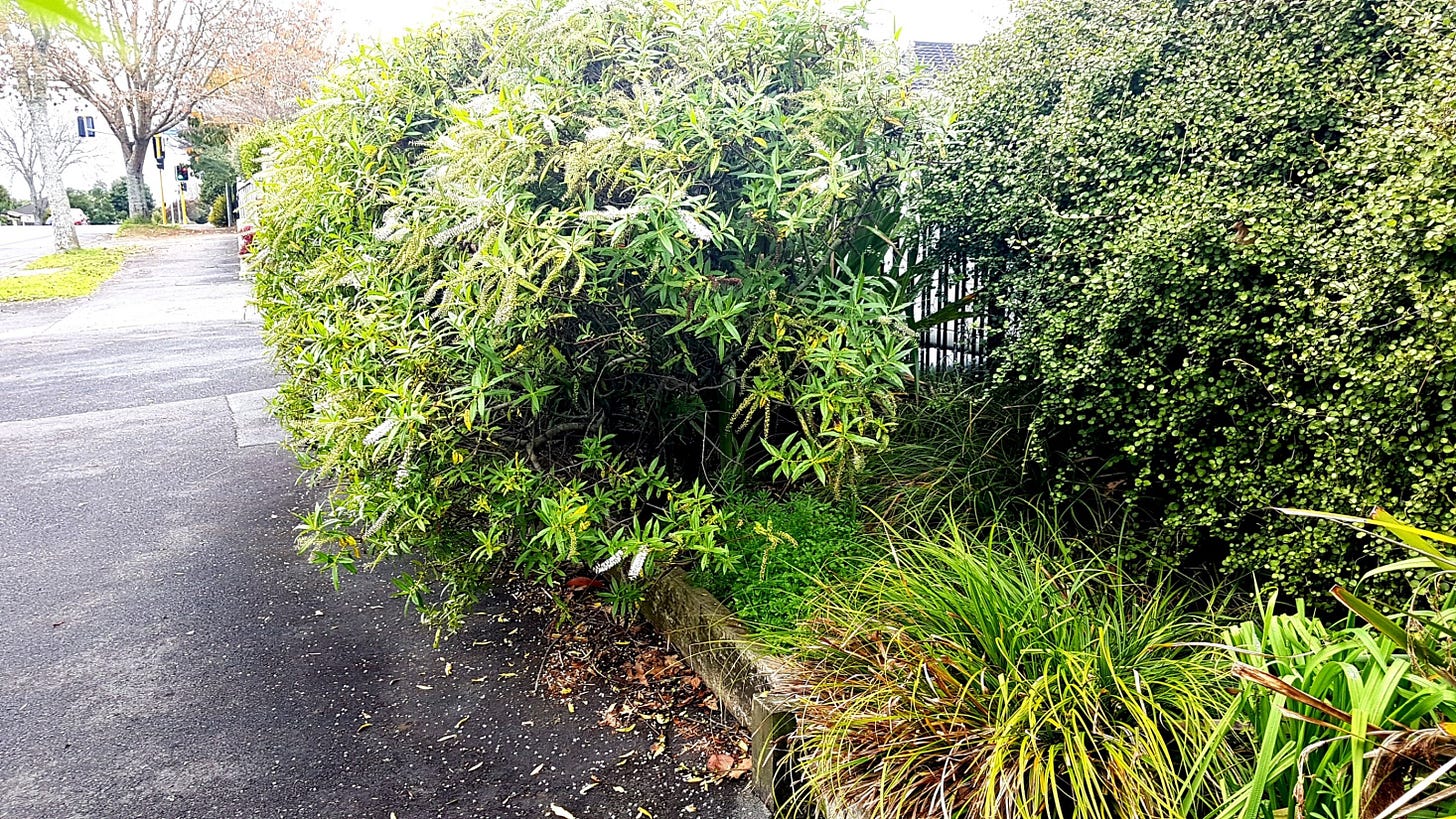How do you cook a hot meal or a cup of tea when when you're homeless??
Being without access to kitchen facilities brings challenges when seeking to make a cup of tea or have a hot meal. Below four previously homeless persons explain how they managed...
The way people source, prepare, and consume food is deeply interconnected with social practices. Food and eating connects people to their past histories, cultural identities, and locates people within space and place. Experiences of homelessness disrupt the practices surrounding sourcing, preparing, and eating meals and are correlated with insufficient access to food and increased incidence of food insecurity. In this post, Peter, Karl, Michelle and William1 describe their different approaches to sourcing meals and making a hot drink while they were homeless.
Peter’s presence on the street as a rough-sleeper disrupts the public‐private distinction. He is reliant on locals to “allow” him to continue to sleep rough in the suburb and appreciates their generosity in the provision of food. Peter appreciates the re-humanizing nature of being able to engage in mundane social interactions and enjoy a simple meal, such as a ’pie and a drink’, or a ‘curry and that’. He expands on this below:
I used to have people coming up to me, dropping off ten dollars or twenty dollars here and there, or come over with a bit of food and all that, saying “Oh here’s a drink and a pie for you”, “Oh cheers thank you for that”, and you get you know people from like Pakistan or India, “Oh here you go mate, here’s some curry and all that, I seen you out here for the last few days, sitting here” … I had one lot of the cleaners come, the cleaning lady that used to come clean the library, “Morning mate how are you?”, “Coffee and a cigarette is it?”, “Thank you” and they’d come out sit down with me for ten minutes and have a coffee and a cigarette with me.
Mundane, ordinary small acts of decency, such as sharing a curry or a coffee and cigarette, represent the humanity of people, even when dealing with extraordinary circumstances such as homelessness. Despite his dehumanizing circumstances, including being deemed ‘out-of-place’ by local by-laws, the ordinary act of sharing morning greetings and a coffee with another person assists Peter in retaining his humanity while on the street.
The act of cooking in public while homeless is both an act of necessity (the need to eat), a way to enact agency (be in control of one’s food intake), a way to engage in ordinary food-related practice (cooking a meal), and a tactic of resistance to dehumanizing tropes. In the quote below Karl describes making himself a small meal after creatively sourcing a small gas cooker:
Towards the end there though, I did have a little cooker … the canned food and the potatoes, carrots that they put in those pātaka2 became helpful, because then I made me a vegetable soup … I brought me the cooker and gas thing just to have a hot drink and even just a hot drink at night-time. I would park the car so I’m facing out to the road and have my cooker at the back so if anyone came down I would just hop out of the car and then go around to the back, open up the boot and then put my cooker in there so you couldn’t see it.
Karl enjoyed being able to agentively cook a hot meal. However, to do so he must navigate the public-private divide. Cooking a meal from a cooker precariously placed on his car risks being ‘outed’ as homeless and thus as other. Karl navigates these challenges by constructing his kitchen in such a way that he can easily disguise it should a stranger (or a potential enforcer of the public-private distinction) walk past. Karl’s small act of making a vegetable soup re-creates a sense of home, despite his transient circumstances. This simple meal, cooked in the public space of a carpark, becomes a tactic of resistance to dehumanizing constructions. For people who experience the othering of marginalization, being able to agentively engage in simple practices such as a hot drink at night time re-humanizes a sense of self and brings a sense of comfort that transcends current realities.
People who are homeless typically have limited capacity to store, prepare, or cook food. Being without a home means limited access to taken-for-granted items, such as stoves, small appliances, and cooking utensils. Michelle comments on this below:
I more or less just bought things, probably two things for a day or two. Just depending on the weather wise. Because when I was homeless it was winter so I could buy hot pies.
In Aotearoa New Zealand, ‘hot pies’ are an inexpensive, meat-filled, pastry-wrapped snack readily available from local bakeries for a few dollars. Typically maligned by health professionals as ‘too high’ in cholesterol and salt (and thus constructed as ‘unhealthy choices’), hot pies nonetheless provide a form of warmth and comfort during a brutal winter’s day.
While basic material needs are vital for human health and wellbeing, eating is not simply a matter of subsistence and survival. A cup of tea, for example, is about more than physiological functioning in that it acts to satisfy a fundamental social and psychological need. Being able to have a hot drink and eat a hot meal during winter are taken-for-granted aspects of everyday life easily overlooked by people for whom such activities are commonplace. Below, Michelle notes her technique for procuring a hot drink while homeless and without access to kettles and cups:
When I wanted a coffee, I’d go to the hospital and just pretend that I know someone there to get a hot coffee … You kind of think about those things when you’re really cold and you’ve got nowhere else to go.
In posing as a visitor to the hospital, Michelle shows resourcefulness in finding ways to stay warm while remaining invisible to dominant groups. The need to remain invisible, as inferred by the pretence of visiting a family member, is a result of way in which dominant groups (that is, wealthier Pākehā) enforce the socio-spatial order. Domiciled personnel at the hospital rule that hot drinks should only be available to visitors, with everyone else deemed out-of-place and unwelcome. Michelle’s need to find somewhere warm to be, where she can engage in the ordinary practice of having a hot drink, drives her to subvert the socio-spatial rules to meet her physical (warmth) and psychological (hot drink) needs.
Finding ways to maintain a feeling of warmth while living rough were also mentioned by William, who drew on his survivalist skills. These skills include creating a hearth and fireplace, knowing how to start a small fire, and being able to heat water for a hot drink. Below, William explains his technique for keeping warm while living rough:
I used to go and make a little fire. Two bricks. Put them together and just use leaves. Brown leaves … That is how I used to keep myself warm underneath the bridge … light up a little fire under the bridge and just put whatever you want to eat. Make my drink from those plants, the koromiko, and you boil them up or have a little lighter and burn the pot and heat it up … my grandfather had taught me how to do it … If you get an upset stomach, drink about that much [gestures with fingers to show amount] of kawakawa or koromiko. Koromiko [is] the strongest one, just drink about that much [measures with fingers] and in five minutes you won’t have a sore stomach.
The plant (koromiko, or hebe) that William references has a long history of medicinal use. During interviews, William demonstrated detailed knowledge of the healing properties and physical appearance of koromiko, kawakawa, and kumarahou. William described where to find koromiko, what time of year to collect leaves (when the blossoms fall), which leaves gave the best tea (young shoots), and the manner of steeping required to brew a tonic to settle the stomach. In making himself a cup of koromiko tea, William (re)connects with his histories, retaining a sense of belonging beyond the here and now.
The dehumanizing nature of street life can lead to homeless people ‘losing themselves to the streets’. The realities of living rough can erode the identities associated with connection and belonging to a place. Identifying familiar flora and their medicinal properties recalls the knowledge that William learnt as a young child from his grandfather, and thus reaffirms his sense of connection to his past self. The act of making a hot cup of koromiko tea (re)connects William with his past, which in turn anchors him in his present circumstances. This form of re-membering as ordinary practice keeps William from losing his sense of self at a time when other forms of social practice are increasingly challenging to maintain.
Numerous articles considering the intersection of homelessness and food focus on quantifying the perceived ‘failure’ of homeless people to eat ‘properly’. Such studies utilize skin-fold thickness measures, muscle mass measurements, and blood tests. Similar measures of dietary habits emphasize their nutritional inadequacies. Eating and food-related practice are thus reduced to the nutritional contents of provided soup kitchen meals, measures of individual serves of fruits and vegetables (insufficient), and sugar-sweetened soft drink consumption (too high). While basic nutrition is important for all people, including homeless citizens, there is more to food than nutrition. Food has important social, communal, and emotional functions that exist beyond hand-to-mouth survival. The processes involved in preparing and eating a meal formulate a sense of belonging that is vital to retaining a sense of self and returning to domiciled life.
A pseudonym. Pseudonyms are used throughout this article.
A pātaka is a type of open food pantry






